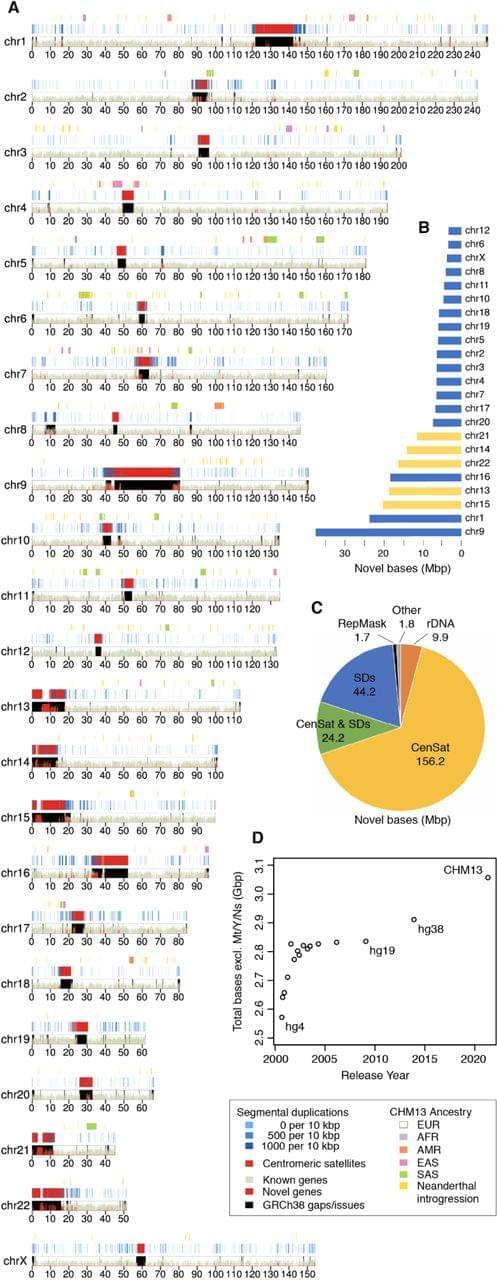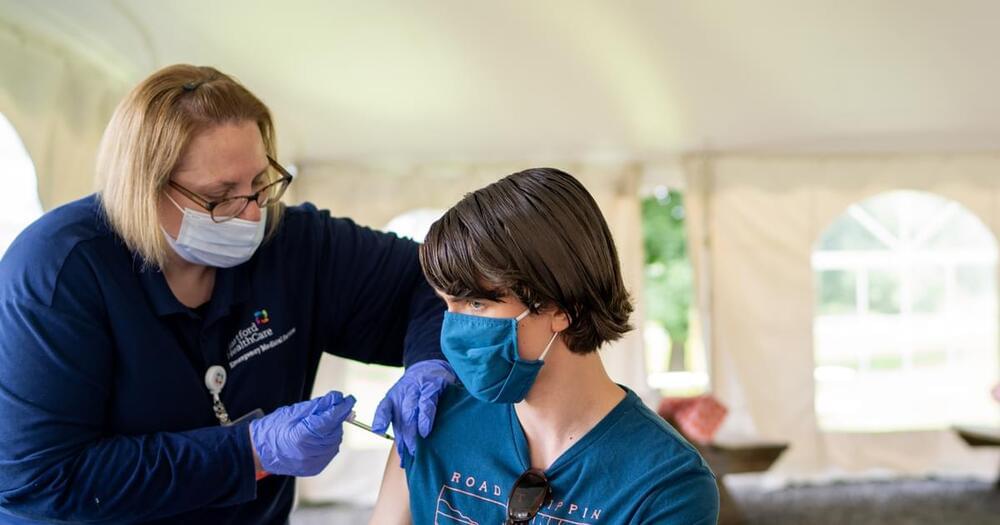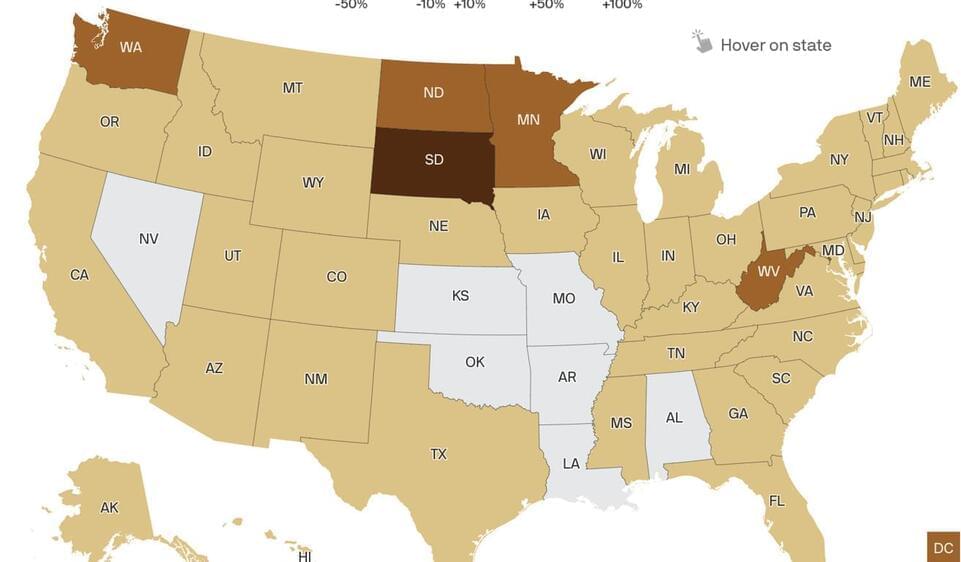As the middle child of the “DNA to RNA to protein” central dogma, RNA didn’t get much press until its Covid-19 vaccine contribution. But the molecule is a double hero: it both carries genetic information, and—depending on its structure—can catalyze biological functions, regulate which genes are turned on, tweak your immune system, and even crazier, potentially pass down “memories” through generations.
It’s also frustratingly difficult to understand.
Similar to proteins, RNA also folds into complicated 3D structures. The difference, explain Drs. Rhiju Das and Ron Dror at Stanford University, is that we comparatively know so little about these molecules. There are 30 times as many types of RNA as there are proteins, but the number of deciphered RNA structures is less than one percent compared to proteins.






